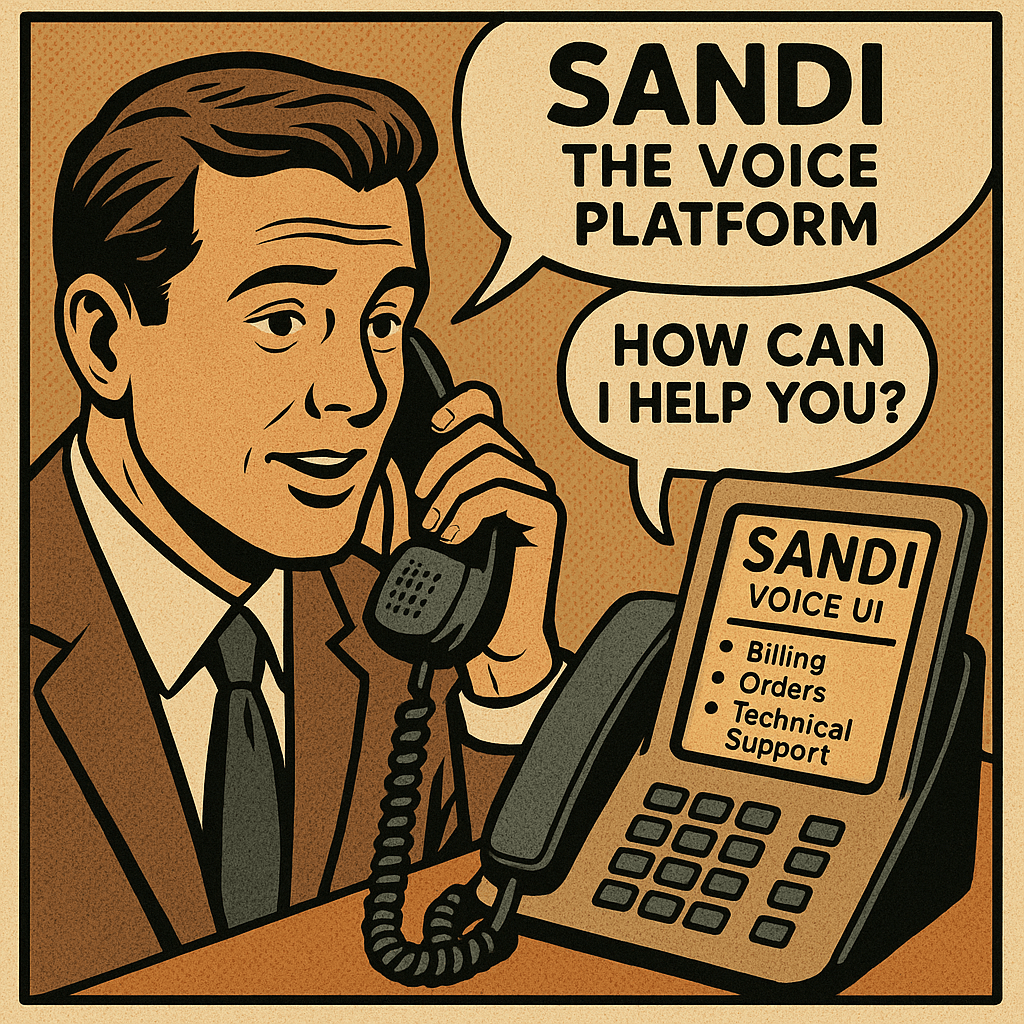SANDi Microsoft predecessor to Siri Alexa etc
SANDI (Speech Application Natural Dialog Interface) was an early 2000s voice-driven platform developed by Microsoft, primarily aimed at enabling voice applications over the telephone network. It was part of Microsoft’s broader effort to integrate speech recognition and natural language processing into mainstream computing, and was tied closely to Microsoft’s Speech Server initiative.
🔹 Overview of SANDI
- Name: SANDI (Speech Application Natural Dialog Interface)
- Developer: Microsoft Corporation
- Era: Early 2000s (circa 2003–2006)
- Purpose: To provide a more natural, human-like voice interaction model for telephone-based applications.
- Technology Stack:
- Tightly integrated with Microsoft Speech Server
- Used SALT (Speech Application Language Tags) — a Microsoft-backed XML-based language to extend HTML for speech interaction
- Built on .NET Framework for application logic
- Interface Style: Modeled after interactive voice response (IVR) systems, but designed to sound less robotic and more conversational.
🔹 Use Cases
- Customer support hotlines
- Automated billing systems
- Voice-enabled directory assistance
- Phone banking systems
- Enterprise voice portals
🔹 Features
- Natural Language Understanding (NLU): Allowed users to speak freely rather than use rigid command trees.
- Speech Recognition + Text-to-Speech (TTS): Used Microsoft’s speech engine for both recognition and synthesis.
- Dialog Management: Maintained session state and handled conversation logic.
- Multimodal Support: Designed to be forward-compatible with both voice and visual input/output (for devices like kiosks or PDAs).
🔹 Relationship to Other Products
- Microsoft Speech Server 2004: SANDI was essentially the “personality” or dialog management engine layered atop this product.
- Predecessor to Cortana: In terms of Microsoft’s internal development, SANDI was a stepping stone toward the later development of digital assistants like Cortana and more recent Azure voice services.
- Tied to SALT, which was eventually overshadowed by VoiceXML, the W3C-backed standard.
🔹 Demise and Legacy
- Discontinued: By 2006–2007, Microsoft shifted toward integrating speech into broader unified communications efforts.
- Replaced by:
- Microsoft Tellme (acquired in 2007)
- Azure Cognitive Services (modern cloud-based NLP/speech)
- Cortana (consumer-facing evolution)
- Legacy: While SANDI itself was short-lived, its components and concepts helped Microsoft build a foundation for conversational AI.
🔹 Fun Fact
SANDI was sometimes referenced in internal demos and developer sessions as a kind of “virtual operator,” and Microsoft presented it as an example of how phone-based systems could become more intuitive — years before Siri or Alexa.

Visited 6 times, 1 visit(s) today